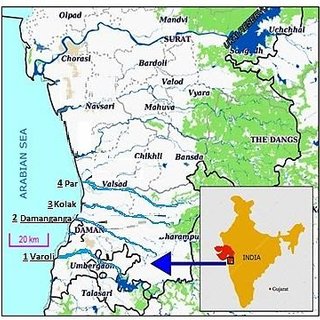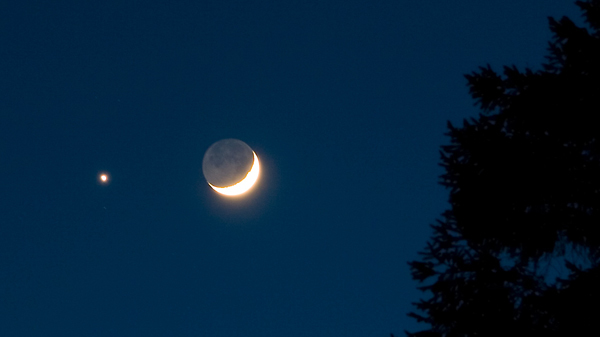Kolak fisherfolk living along the banks of River Kolak is in distress as chemicals from Vapi industries destroy river catch.

References
The experts predicted that a ‘da Vinci glow’ would be visible around the new moon on May 19, 2023.
According to NASA, earthshine makes night on the moon 50-times brighter than a full-moon night on the earth.

References
Three Indian U.N. peacekeepers will be honoured posthumously with the Dag Hammarskjold Medal for their supreme sacrifice in the line of duty.
Dag Hammarskjöld was a Swedish economist and diplomat who served as the second Secretary-General of the United Nations (1953-1961)
Similar Topics - Women U.N. Peacekeepers, Group of Friends, UN Peacekeeping Missions and Blue Helmets
References
NITI Aayog’s annual ‘health index’ for the COVID year of 2020-21 was released.
|
Category |
Top Performers |
Bottom Performers |
|
Larger States (19) |
Kerala (1st) |
Bihar (19th) |
|
Tamil Nadu (2nd) |
Uttar Pradesh (18th) |
|
|
Telangana (3rd) |
Madhya Pradesh (17th) |
|
|
Smaller States (8) |
Tripura (1st) |
Arunachal Pradesh (6th) |
|
Sikkim (2nd) |
Nagaland (7th) |
|
|
Goa (3rd) |
Manipur (8th) |
|
|
Incremental Performance |
Rajasthan |
|
|
Uttarakhand |
- |
|
|
Odisha |
|
|
|
UTs (8) |
Lakshadweep |
Delhi |
References
The World Meteorological Congress has approved a new greenhouse gas (GHG) monitoring initiative in a landmark decision.
References